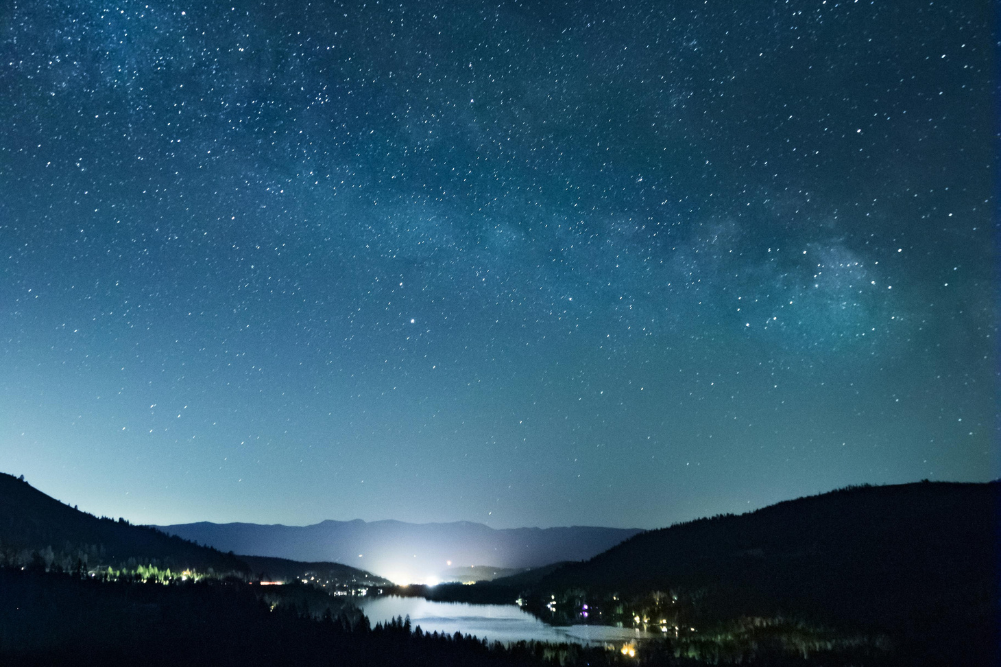Earth’s tipping events
You might have heard of a phenomenon colloquially dubbed “pole shiftâ€. It has gained currency among some new age types as the cataclysm that will be the means by which the current civilisations on Earth will be destroyed on 21 December 2012 in fulfilment, supposedly, of the Mayan prophecies. On a different level, Harvard researchers have come up with a theory as to what happens when “pole shift†does occur (and it has happened before) and how the Earth survives it.
To begin, “pole shift†in the scientific literature is known as “oscillatory true polar wander†(TPW). It is not the flips in the magnetic poles that have occurred quite regularly in geological terms. Instead TPW is the relative movement between the surface of the Earth and the Earth’s rotational axis. Of course the consequences of a TPW (or “pole shiftâ€) would be major. As an example, since the surface can shift up to 50 degrees, Boston (Massachusetts) could end up at either the north pole or the equator depending on the direction of the shift. It is believed that a shift would cause a significant change in the climate of every place on Earth, as well as changes in the sea level and the carbon cycle. So these TPW events are worth studying because their impact would be extensive.
Over the past one billion years there have been six TPW events and each time the Earth has returned to it’s original position. Harvard researchers believe they know why.
The researchers used computer simulations to arrive at a two-fold process that returns things to the way they were.
Firstly, the Earth is not a perfect sphere but an oblate spheroid, flattened at the poles and bulging at the equator. This equatorial bulge acts to stabilise the Earth’s rotation and causes it to right itself if a TPW occurs. Secondly, if the Earth’s surface tips over relative to the rotational axis, the 12 larger tectonic plates all get deformed to a small extent, like elastic bands. In a similar way to a stretched elastic band, the plates want to go back to their original size, and these stabilising elastic stresses also play a role in the oscillatory return of the pole.
As to whether a “pole shift†will “happen†on 21 December 2012…these TPW events take place over tens to hundreds of millions of years. Previous events also seem to have happened when the Earth’s continents were gathered together into one “supercontinent†such as Pangea around 200 million years ago. So your backyard is probably not going to end up in Antarctica anytime soon.







